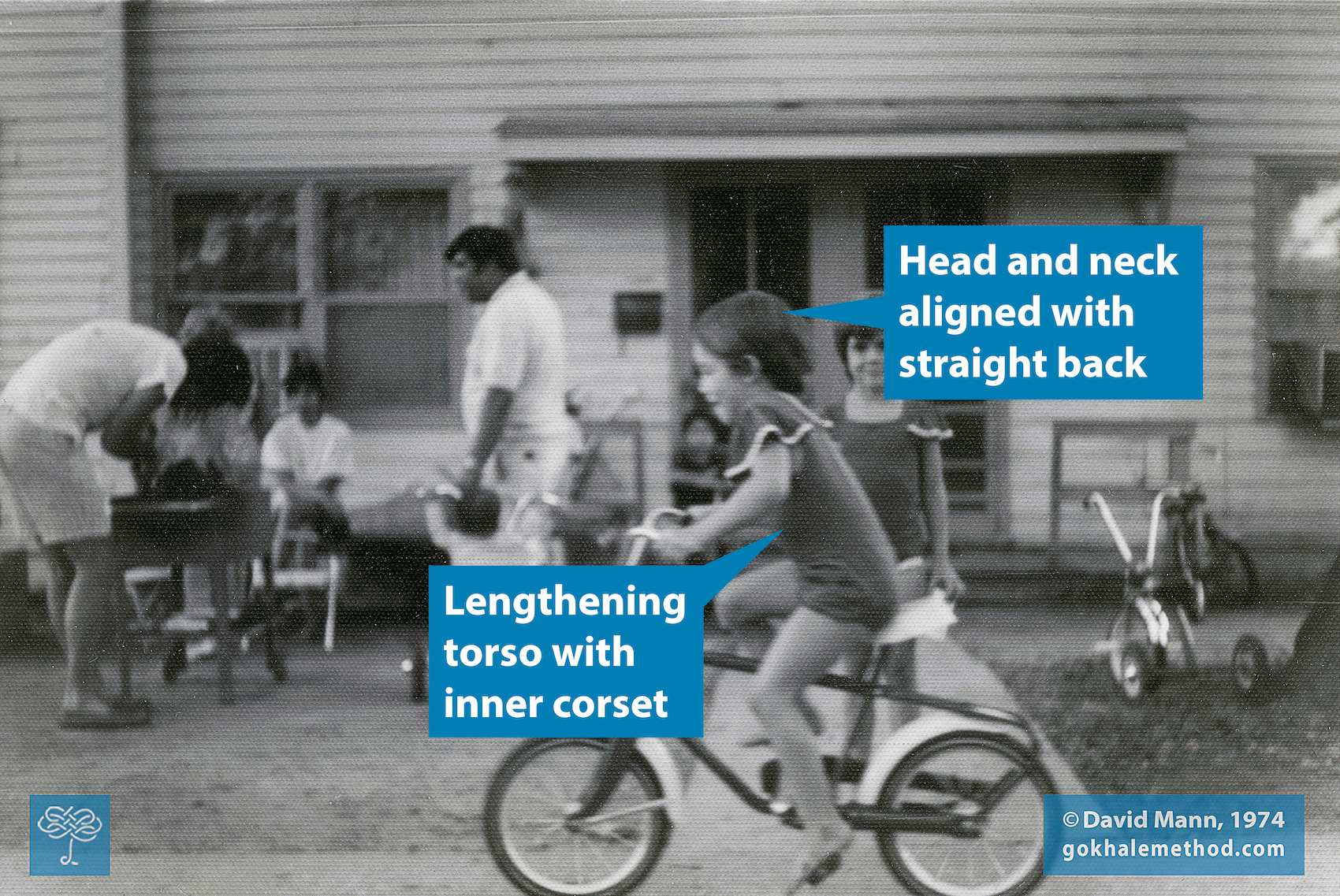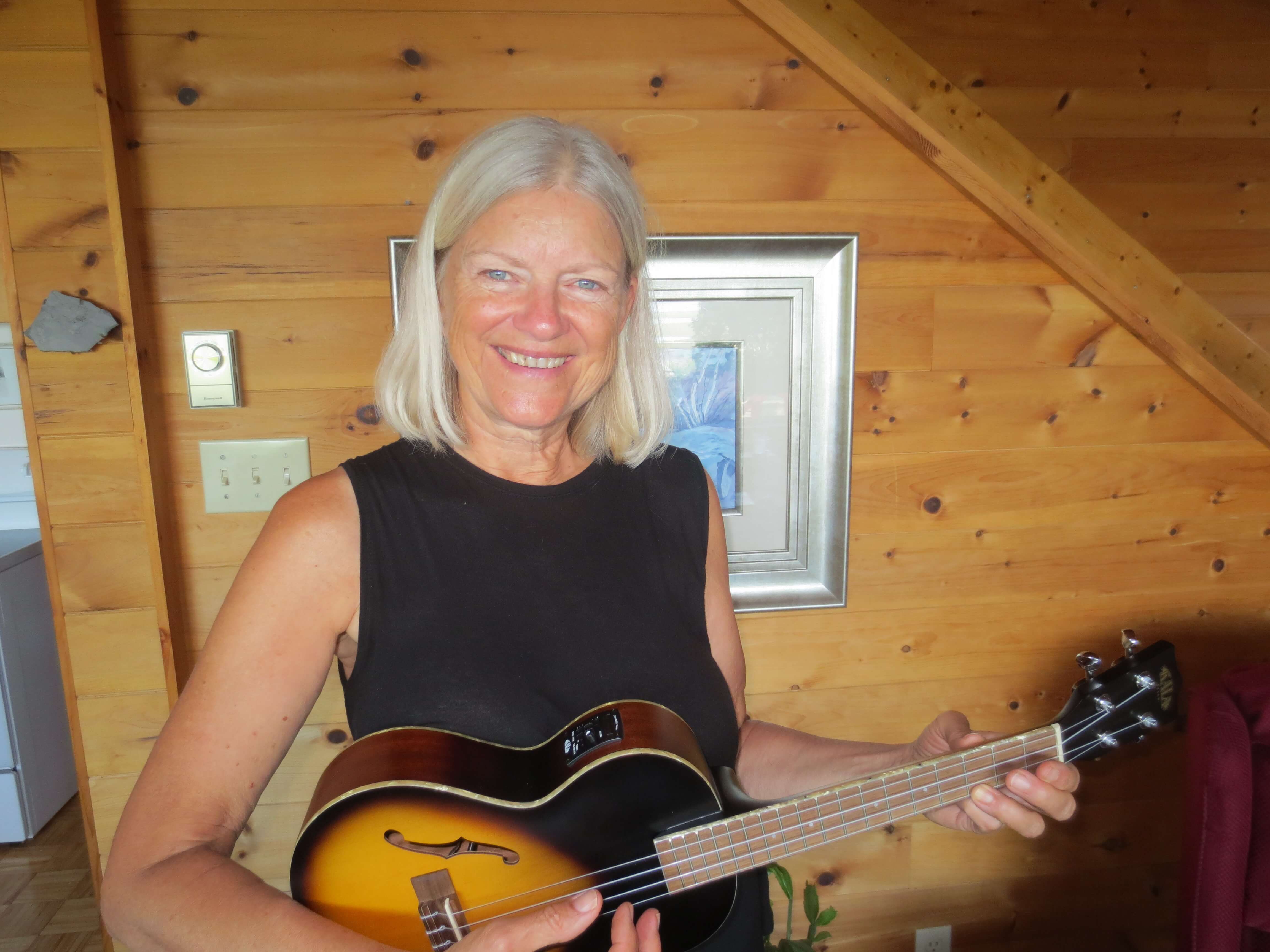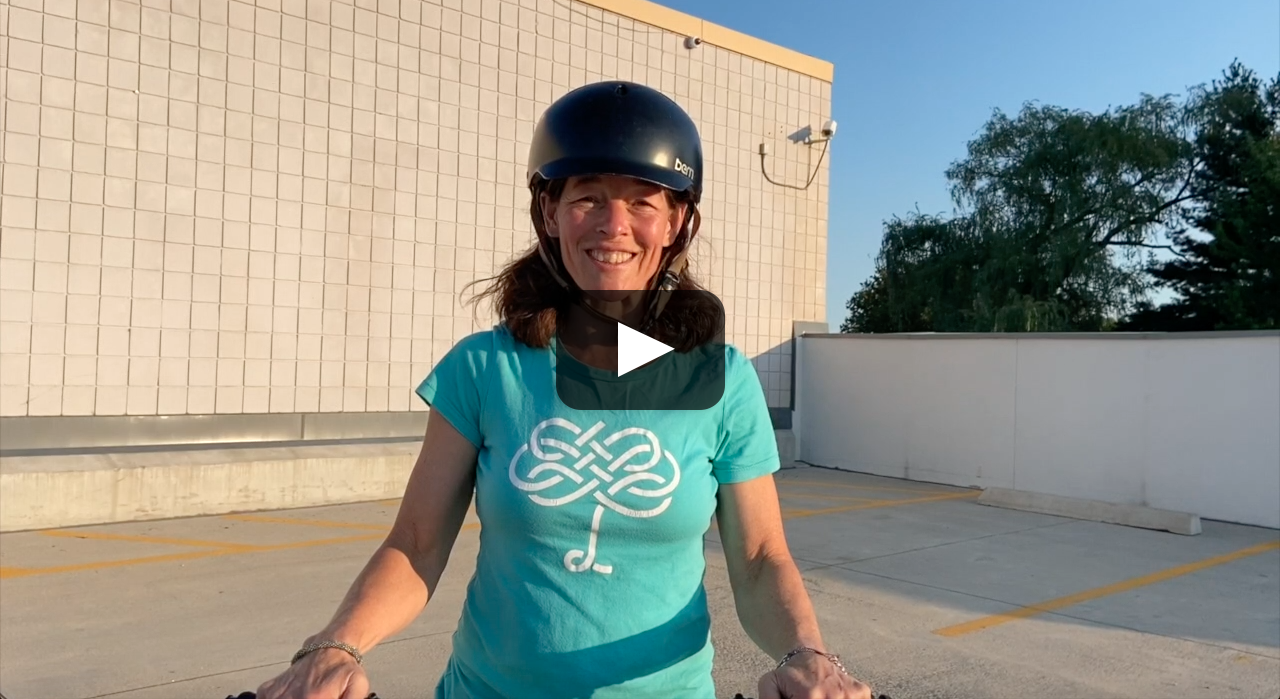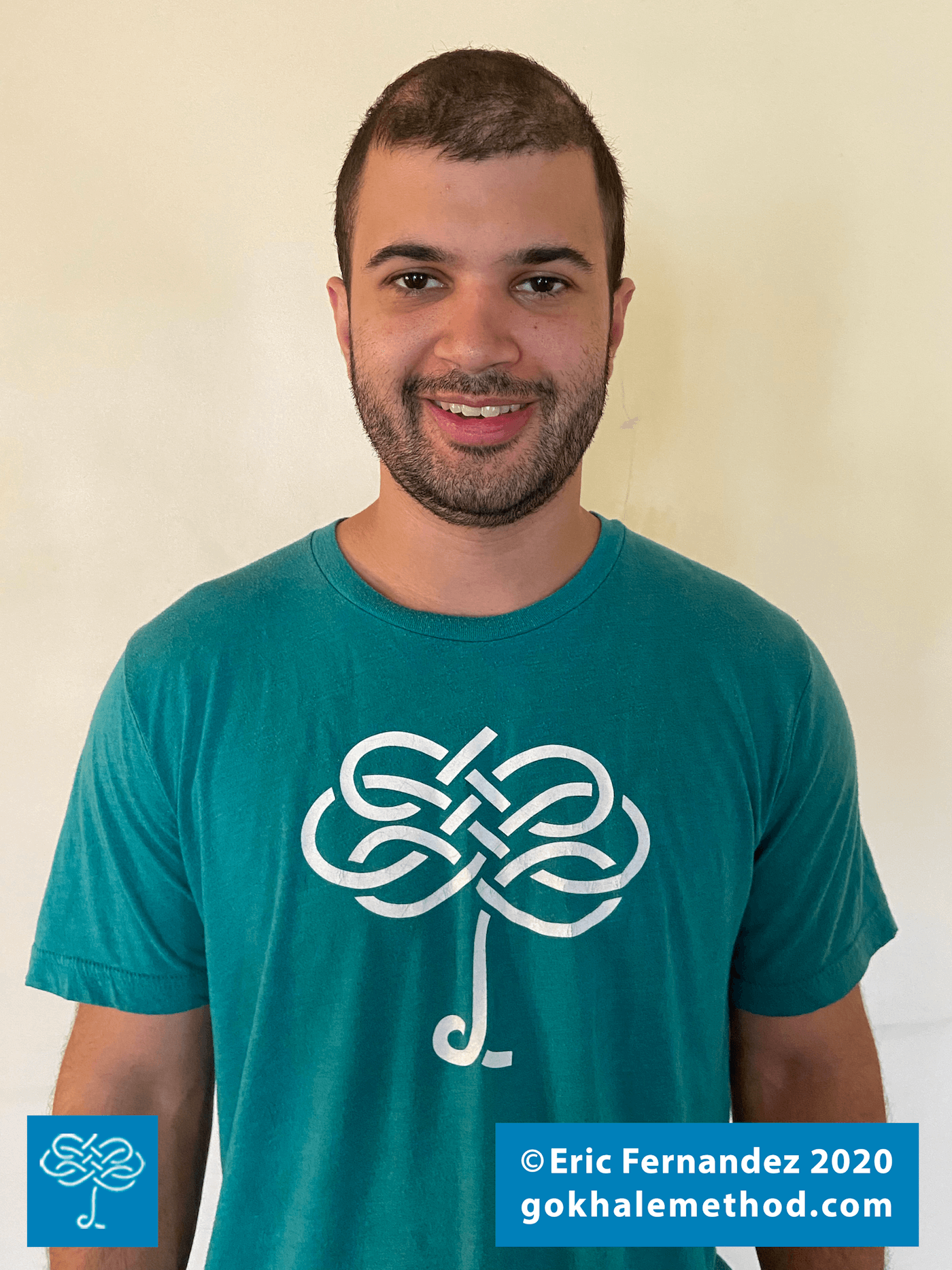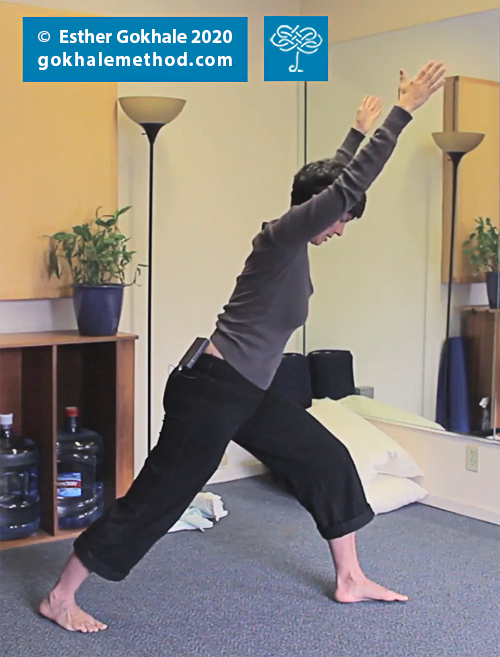Who knew that learning to walk well could change the course of one’s life — even in one’s 60s? I was inspired to teach the Gokhale Method after experiencing welcome relief from chronic hip pain by learning how to glidewalk. My hip had bothered me since a miles-long walk in my late 20s though it wasn’t severe until later on. While in my early 30s, I had experienced back spasms requiring bed rest, with spasms and back pain for at least 6 weeks. Fast forward to the day I picked up that fateful Gokhale Method flyer in my mom’s doctor’s office, when I was in my 60s. I guessed that Esther’s book would educate me as well as the folks I worked with, but I had no idea that the Gokhale Method would change my life.
Get Updates on the Latest Blog Posts
Ah, Thanksgiving. For many of us, it’s a time for gratitude and connection. It’s also a time when many people’s minds turn to exercise to offset the rich and abundant food on the menu. How can we make that extra push, enjoy it, and not injure ourselves in the process? Due to the pandemic, more and more of us are working out at home, without our usual exercise partners or in-person access to recreational facilities. Now’s the perfect time to learn to work out smarter, rather than harder.
I recently came across a New York Times column by Tammy Chen, DDS, describing the “epidemic of cracked teeth” she’s seen in her patients during the COVID pandemic. Dr. Chen names two suspected culprits: the slumped posture many people adopt while working from home with improvised furniture, and excessive anxiety and stress. Both of these culprits lead to jaw clenching and tooth grinding. Read my latest blog post to learn more about the connection between posture and dental health!
Neck and/or shoulder pain is a common ailment even experienced cyclists regularly encounter, but posture can help! It takes awareness and muscular engagement while cycling to not allow gravity to further pull the head forward and down and round or hunch the shoulders, a posture problem that is already prevalent in our modern culture. However, the payoff is worth it! You will be able to ride pain-free for longer, and will also be patterning a healthy upper body position regardless of your activities and movements. You will also strengthen and develop baseline tone in stabilizing muscles, and they will become more accustomed to doing the job of maintaining shoulders back, back of the neck tall and straight, and head lined up over the body.
I lost my voice completely 5 years ago after singing a full out concert of Brahms’ Requiem. My voice came back, but never with the same resonance. I couldn’t sing for long without having a sore throat. My speaking voice became raspy very easily. I couldn’t sing through a phrase without gasping for air. An Alexander Technique teacher told me: "Elenore, it's not your voice, it's your neck." I tried that and many other approaches: acupuncture, chiropractic, reflexology — nothing helped for long. But I knew that if it was my neck and posture, there had to be something out there that would work for me. Lots of women my age would just quit choir and singing, saying they must be too old. I was determined to show that a 67-year-old could still sing! I’d found the Gokhale Method online, ordered the book and tried following the instructions, but couldn’t seem to get it. After a free class with Esther, I was infected by her enthusiasm, convinced by her statistics, and decided to bite the bullet. Thank Goddess I did! I did the initial consultation with Esther and then the Elements class with Sheelagh Tobin. The results speak for themselves…
I’m a longtime cyclist, former elite-level mountain bike racer, and Gokhale Method teacher. Learning and applying Gokhale Method techniques helped me reduce lumbar strain caused by unhelpful posture habits I used to employ while riding. I continue riding to this day, along with my whole family — now free of lower back pain. In my humble opinion, bikes are the most perfect exercise equipment of all time. This is especially true for the COVID era! The wheel base between two bicycles is around 6 feet, so riding with others can be done safely. Add Gokhale Method techniques to the mix, and you’ve got a recipe for full-body health.
Many back pain interventions could be described as having a single, dominant approach: cortisone injections into inflamed tissue, insertion of acupuncture needles to open flow in meridians, “adjustments,” medications for reducing pain, etc. Of course, each of these interventions has complexity and nuance in theory and practice, but the vast majority of existing interventions have a single focus. To put it somewhat crassly, they could be described as one-trick ponies. And I’ve wondered if this is perhaps related to why most approaches to back pain are so ineffectual. What sets the Gokhale Method apart?
Our new Online University program for alumni, Gokhale Fitness with Eric, has been delighting participants three times a week since it began earlier this month. When starting a new exercise class or fitness activity, it can be encouraging to learn more about the instructor’s background. To this end, I recently sat down with Eric to ask him a few questions about what he brings to the table for Gokhale Fitness with Eric.
A general tenet of the Gokhale Method approach is that micro-level adjustments can lead to macro-level results. Like the world we live in, the human body is a complex, interconnected system. So it is not surprising that attainable tweaks in how we use our bodies can have beneficial effects on our function and well-being.
Yoga is no different. If you have an established yoga practice, you’ve probably discovered for yourself that small adjustments are not so small in the aggregate! Learn the specifics of why I make this particular adjustment to Warrior I Pose (Virabhadrasana I) in my latest blog post.




